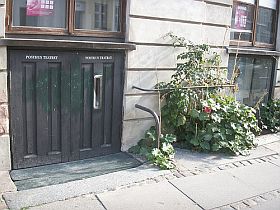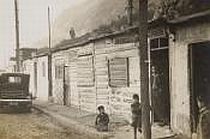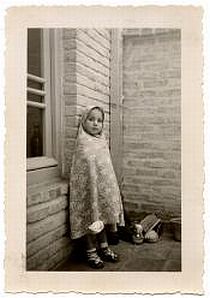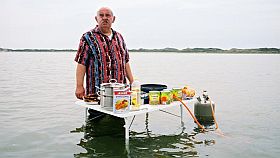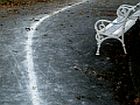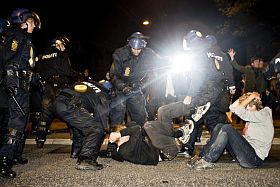


Thomas Heise: Material

It’s November 9 and it is 20 years after the fall of the wall. Broadcasters programme accordingly, festivals as well, let me re-mention one of the most interesting documentaries from that time that totally avoids all the clichés and is made by one of the best current German directors, Thomas Heise. Here is a re-post of the review:
It takes some maturity and courage to publish your own archive Material that was meant to stay on the shelf. Thomas Heise – what an understatement! – is indeed a mature and experienced filmmaker, who meiner Meinung nach is one of the leading documentarians of our time. I dare say so having seen ”Stau-Jetz geht’s los”, ”Barluschke”, ”Vaterland” and ”Kinder.Wie die Zeit vergeht” – and those titles constitute only a part of the filmography of the German director, who now offers the audience to watch the 164 minutes of his social, political and cinematographic interpretation of our time. And his time as a citizen of the GDR and now the united Germany.
Most of the Material is documents shot by the director himself. Dokumentation, as they would say in German. Heise observed the rallies in Berlin in November 1989, when ordinary Genosse were allowed to take the floor and express their opinions about the leadership of the state. And he was in the prison, when staff members one after the other aired their plea for respect from the increasing crowd of protesters outside – followed by inmates who wished for amnesty in order to take part in the changing world on the other side of the bars.
These sequences, and many more from the archive Material of Heise, show something seldom seen before: the ordinary GDR citizens at the microphone leading up to the fall of the wall. The fall we never see, because we know about it, on the contrary, Heise wants the film to have an actuality and succeeds perfectly to fulfill that ambition through his aestetical elegant 360degree camera movements in empty depressing spaces, through images from the prison of today, and through an amazing self-ironical, multilayered sequence from a screening of a (Heise-directed, I suppose) film in a cinema: The film is running while the audience starts to fight in front of the screen, the leftist against the rightists, or maybe fights in other constellations. Godard could not have done this better! And was this what the unified Germany was aiming at – totally absurd it is that a social film is running on the screen while social riots unfold in front of the camera. Passive people argue to the cameraman that things like this should not be filmed! Heise did. Thanks for that and for a very intelligent work that I can’t wait to see one more time.
www.deckert-distribution.com
